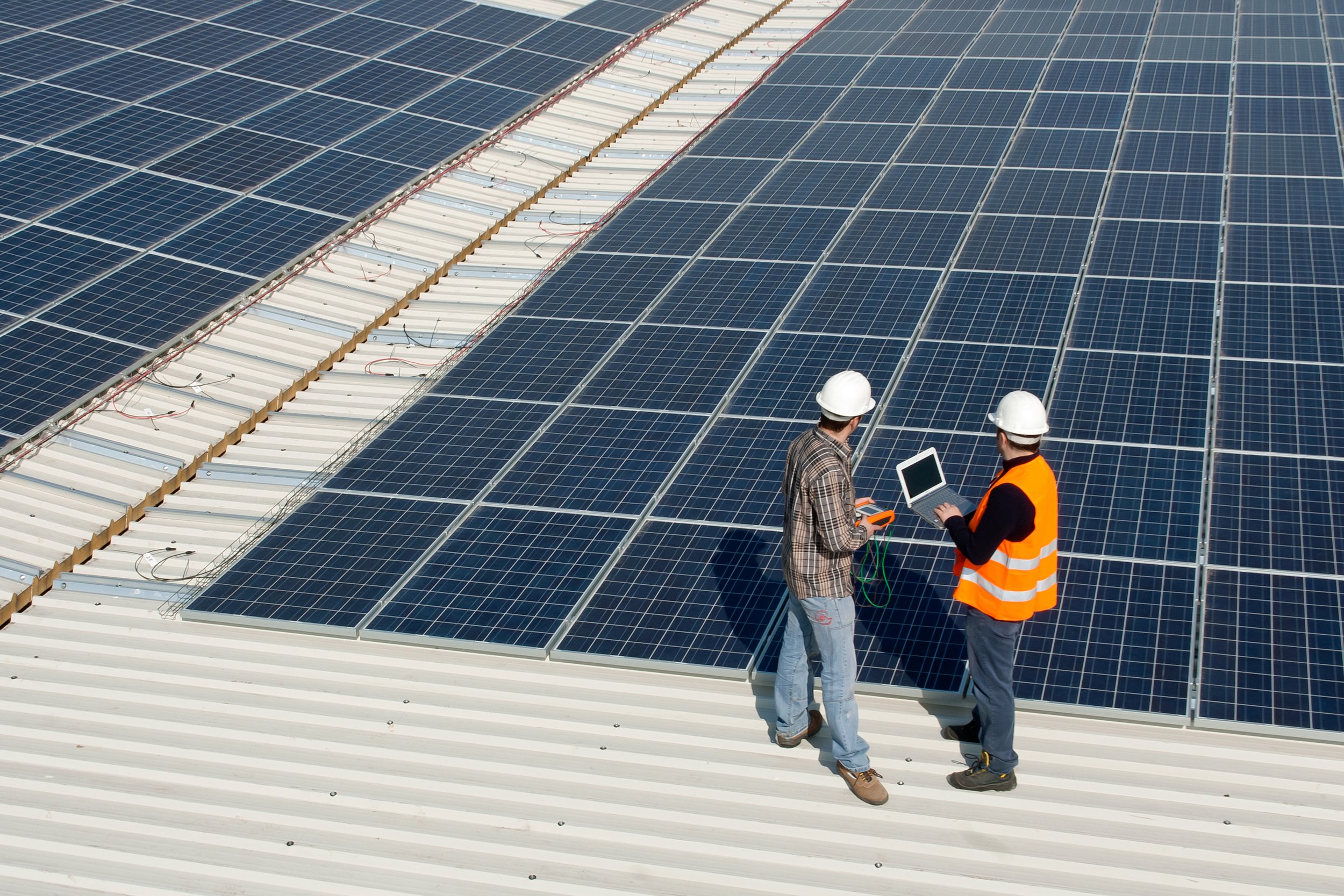
August 30th, 2023 — There has been a long-standing debate about whether hardware- or software-based climate technologies are better candidates for venture capital funding aimed at decarbonizing various economic sectors. While software startups have traditionally enjoyed favor among generalist venture capitalists due to their predictability and scalability, our database shows that, in the climate space, venture capital dollars going towards hardware solutions significantly surpass those towards software. The number of funding rounds and the number of companies in each category are more evenly balanced, reflecting the reality that round sizes tend to be larger for hardware companies even as venture capital firms invest in both hardware and software climate innovation.
Our database insights corroborate findings from International Energy Association (IEA)'s “World Energy Investment 2023” report. The IEA found that roughly 75-80% of early and growth-stage venture capital investment in energy startups was concentrated in the hardware space, with the trend more prominent in the growth stage than early stage. Software investment has gained momentum ever since the climate tech bubble burst in 2008, especially when compared to the climate boom from 2005 to 2008, when hardware consisted of over 85% of early-stage energy startup investment.
International Energy Agency (2023), World Energy Investment 2023, IEA. License: Creative Commons Attribution CC BY-NC-SA 4.0
The need to address both physical and chemical challenges for emission reduction naturally fosters an abundance of hardware startups within the climate tech sector. Our database shows that there are slightly more hardware-oriented startups (46.1% of our database) than software ones (40.5%). In terms of invested capital, climate tech startups secured a total of $34.5 billion in funding during 2022, excluding IPOs and debt financing. All hardware solutions secured 42% of the funding, amounting to $14.5 billion, whereas all software companies raised approximately $8.3 billion in comparison. Indeed, among the ten largest climate venture deals in 2022, 8 of them focus on all-hardware technologies, with Octopus Energy and Ecovadis offering the software-based solutions. This could partially be explained by the cash-consuming nature of hardware businesses, but also shows strong market needs for hardware innovations. For example, while hardware startups make up less than 30% of Y-Combinator’s portfolio, the figure is much higher for its climate-focused fund, with roughly 70% of their startups concentrating in the hardware space.
Why Software?
What, then, explains the continued persistence of entrepreneurs building software-based climate solutions, even though the landscape is marked by a greater amount of hardware funding? For one, we note that the number of software developers in the U.S. surpasses the combined tally of hardware engineers by almost 50%. As of May 2022, there were 1,534,790 software developers in the U.S., compared to the total number of hardware engineers lingering at 1,065,000.
For another, software will continue to play an important role in the production and deployment of climate technologies. For example, with the ongoing critical minerals mining rush, software startup Plotlogic aims to help enhance the geological model for mining operations. Moreover, software solutions will help accelerate the implementation of hardware technologies, with startups like Octopus Energy facilitating the adoption of renewable energy by making it more accessible to end users. Similar to how electrification isn't the sole route to achieve net-zero goals, software has a strong role to play in solving coordination, logistical, operational, and other challenges not solvable using only the hardware solutions we have today.
Powerhouse Ventures’s Work in Climate Software
Powerhouse Ventures, meanwhile, has long operated under the model of investing in climate software. Powerhouse Ventures sees an opportunity to scale and deploy proven technology solutions globally as quickly as possible with software and fintech, which provide real decarbonization benefits while also balancing the time required to build and scale critical deep technology solutions with longer commercialization timelines. Powerhouse Ventures fully acknowledges that both hardware and software innovations will be necessary to fully combat the climate crisis, but its investment thesis is to focus on the highly-scalable digital solutions at this stage of its fund, particularly climate tech software that accelerates the finance and deployment of decarbonized assets, the management and optimization of those assets, and expanding market access and participation.
What problems are hardware and software climate solutions focused on?
Our database shows that most of the software startups tend to focus on areas such as carbon tracking, energy management, operations, and maintenance. It’s also essential in solving issues arising from mismatched incentives, such as the split incentive problem (where building owners cover retrofit costs but can't reclaim their tenant's saved energy expenses). Meanwhile, most hardware startups center around solar, batteries, EVs, and industrial processes.
Word cloud representing the most commonly-found terms in descriptions of hardware startups in Powerhouse’s database
Word cloud representing the most commonly-found terms in descriptions of software startups in Powerhouse’s database
When it comes to climate tech investment, the decision isn't singular; rather, the growth necessitates a synergy between hardware and software innovation. At Powerhouse, we facilitate the connection of hardware and software startups with global corporations for partnerships, fundraising, and collaborative efforts, all aimed at shaping a more sustainable future. We believe our corporate clients and investors are right to be considering a multiplicity of approaches that incorporate both hardware and software solutions as they pursue their climate goals. Indeed, it will be only through a combined effort by the world’s innovators and entrepreneurs that we build our carbon-forward future.
Special thanks to Huiling Zhou, Octavi Semonin, and Sam Wohlforth.
To read more about our work at Powerhouse and Powerhouse Ventures, visit our Insights page.
All text and images except where noted are licensed by Powerhouse under Creative Commons license CC BY 4.0. You may reuse images and text by permission and with attribution.






